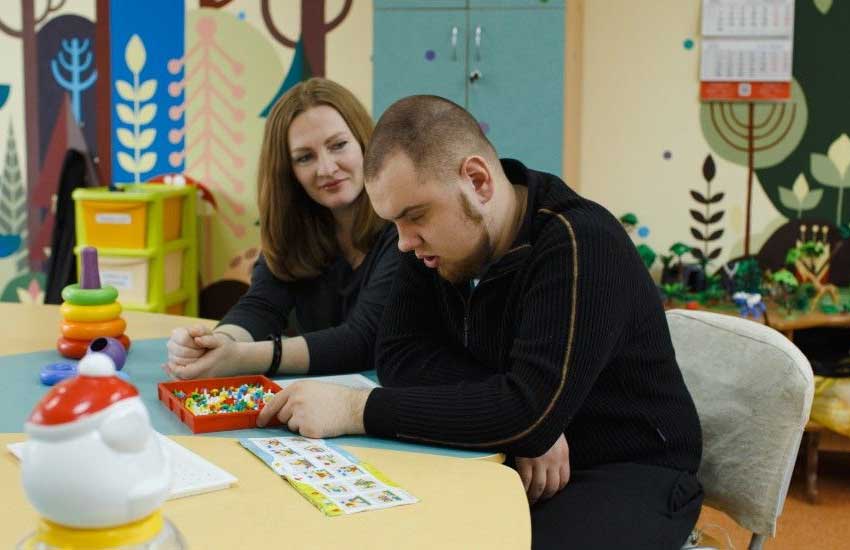School Age
Adolescent 5-18
A late autism diagnosis can provide clarity, support, and new opportunities for pre-teens and teenagers to thrive.
Understanding Late Autism Diagnoses in Pre-Teens and Teens
Why Some Children Receive a Late Autism Diagnosis
Many autistic children are diagnosed in early childhood, but for some, the signs of autism only become evident during their primary or secondary school years. This delay often stems from the increasing demands of a new school environment, where children face more challenging schoolwork, greater responsibilities, and complex social dynamics. These factors can make autism traits more noticeable in pre-teens and teenagers as they struggle to adapt to the heightened expectations.
What an Autism Diagnosis Means for Pre-Teens and Teenagers
Receiving an autism diagnosis during the pre-teen or teenage years can bring clarity and numerous benefits, even though it doesn’t change who your child is. It can help both you and your child better understand their unique traits, strengths, and challenges. This understanding can guide therapies and support services tailored to their needs, making it easier to access services and funding, such as additional school assistance.
For many teenagers, a diagnosis provides an opportunity to explore and embrace their autistic identity. It allows them to connect with peers who share similar interests or learning styles, fostering a sense of belonging and social support. This process can be empowering, helping your child navigate their world with greater confidence and self-awareness.

How Autism Is Diagnosed in Pre-Teens and Teenagers
Diagnosing autism in older children involves a comprehensive process that includes observing the child’s interactions, interviewing the child and people who know them well, and reviewing their developmental history. Professionals rely on a detailed evaluation to ensure the diagnosis accurately reflects the child’s experiences and needs.
The National Guideline for the Assessment and Diagnosis of Autism recommends two key assessments: a comprehensive needs assessment and a diagnostic evaluation.
A comprehensive needs assessment examines the child’s functioning in areas such as communication, daily living skills, and thinking. It also considers the child’s environment, including home and school settings, to determine their support needs. This assessment is typically conducted by medical practitioners or allied health professionals like psychologists, speech pathologists, or occupational therapists.
A medical evaluation involves reviewing the child’s medical history, conducting physical exams, and performing additional tests to rule out other conditions that could explain their characteristics.
If the initial assessments suggest autism, a diagnostic evaluation confirms the diagnosis. This process involves assessing the child’s strengths and challenges, conducting interviews, and reviewing previous evaluations. Professionals may also observe the child in their school setting or gather input from teachers to get a comprehensive understanding of their behavior in various environments.
Approaches to Diagnostic Evaluation
Diagnostic evaluations may follow one of two approaches:
- Lead Practitioner Diagnostic Evaluation:
This approach is used when the signs of autism are clear, with minimal likelihood of alternative explanations. It is conducted by a specialist, such as a paediatrician, psychiatrist, or psychologist, who may consult other professionals if needed. - Consensus Team Diagnostic Evaluation:
This method is recommended when autism signs are less apparent or could overlap with other conditions like anxiety or language disorders. A multidisciplinary team collaborates to ensure an accurate diagnosis.


Funding for Autism Assessment and Diagnosis
Assessments can be accessed through public or private health systems. Public services are government-funded and free for families but may involve long waiting times. Private assessments, while faster, can be costly, with Medicare rebates and private health insurance covering only part of the expenses. When choosing an option, consider factors such as waiting times, the number of sessions required, and any additional costs for reports or evaluations.
Preparing for an assessment by documenting observations, questions, and concerns from both parents and school staff can ensure the process is thorough and effective.
Talking with Pre-Teens and Teenagers About an Autism Diagnosis
When discussing a diagnosis with your child, honesty and early communication are key. Answer their questions in language they understand and help them see the positive aspects of their diagnosis. Highlight their unique strengths, such as their memory, creativity, or compassion, while addressing any challenges they may face.
Emotional reactions to a diagnosis vary. Some children feel relieved and empowered, while others may need time to adjust. Introducing the concept of neurodiversity—a view that celebrates differences in how people’s brains work—can help your child develop a positive perspective on their identity.
Talking with Others About Your Child’s Diagnosis
Deciding who to share your child’s diagnosis with and how to do so requires careful consideration of your child’s privacy and preferences. Discuss with your child who they are comfortable informing, such as family members, teachers, or activity leaders. Sharing the diagnosis can foster understanding and create a more supportive environment at school and in social settings.
By understanding the implications and process of a late autism diagnosis, you can better support your child in embracing their identity, accessing resources, and building a fulfilling life.
